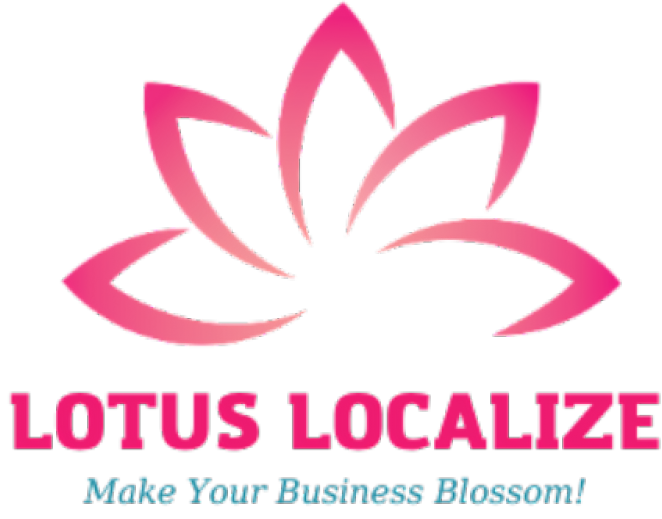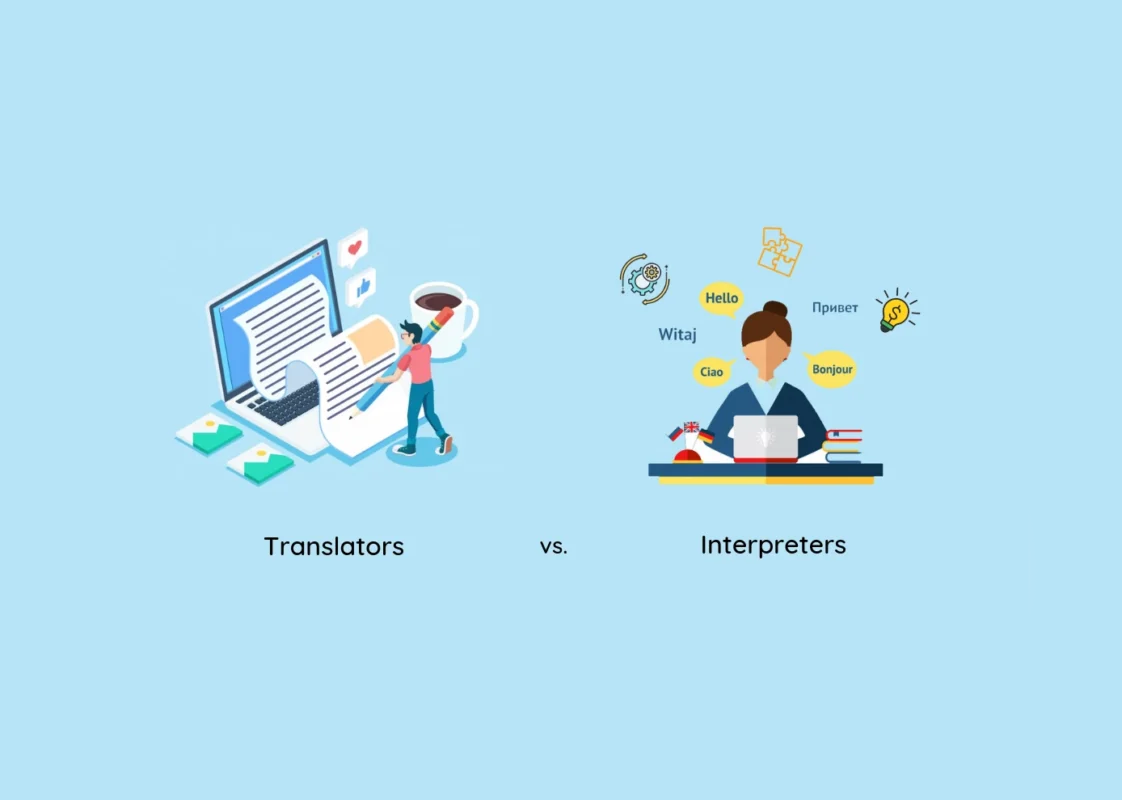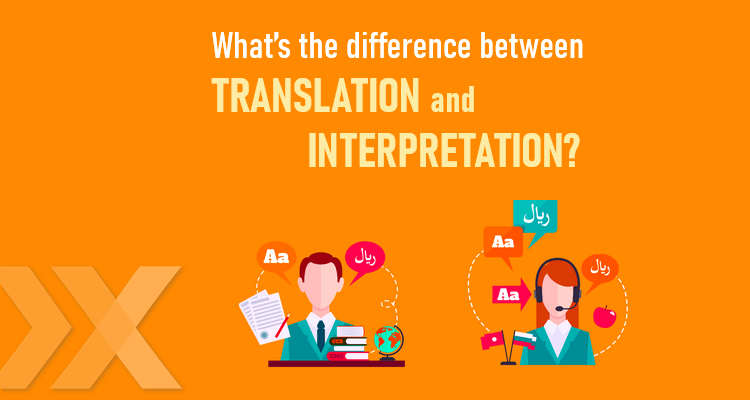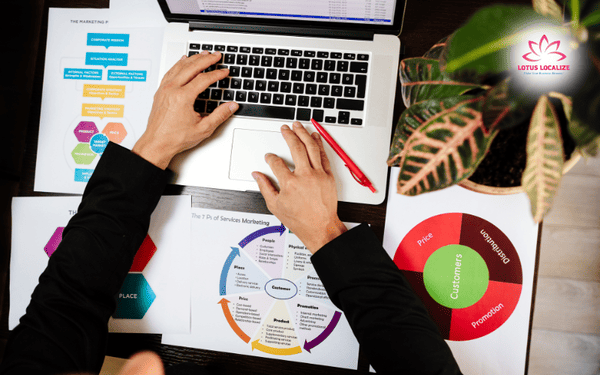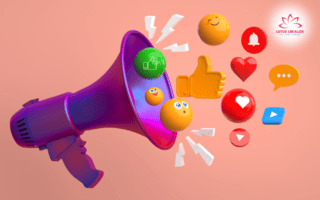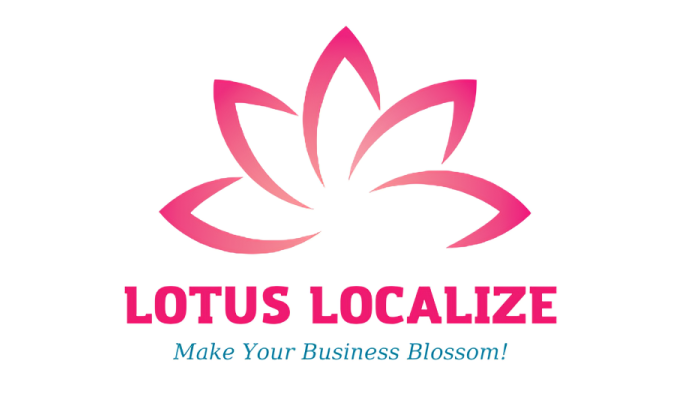
Breaking language barriers with medical education translation for global health impact
In a world where medicine knows no borders, the language of medical education still poses a formidable barrier. As medical schools, e-learning platforms, and global health organizations expand their reach, the need to make medical training accessible in multiple languages becomes more pressing than ever. At the heart of this transformation lies a specialized field: medical education translation.
This article explores the vital role of medical education translation in bridging global knowledge gaps, the challenges involved, best practices for quality outcomes, and its future in a world increasingly dependent on multilingual healthcare education.
What is medical education translation?
Medical education translation refers to the process of adapting instructional materials used in medical training from one language into another, while preserving technical accuracy and educational intent. This includes:
- Medical textbooks and academic publications
- E-learning courses and platforms

- Simulation software and instructional videos
- CME (Continuing Medical Education) modules
- Assessment materials and clinical training guides
Unlike general translation, this niche area requires a precise understanding of both medical terminology and pedagogical methods. In essence, medical education translation is the crossroads between language proficiency, medical expertise, and educational clarity.
Read more: Effective strategies for overcoming language and communication barriers in healthcare
Why medical education translation matters globally
The importance of translation for medical schools and training institutions cannot be overstated. Medical education translation plays a crucial role in:
- Improving access to cutting-edge medical knowledge: Students and professionals in non-English-speaking countries often face barriers accessing the latest research and clinical practices. Translation bridges this gap, enabling global learning.
- Supporting health equity in low- and middle-income countries (LMICs): In many LMICs, English is not the primary language of instruction. Without accurate translation, medical professionals may lack access to the most up-to-date and evidence-based resources.
- Ensuring training consistency across international programs: With the rise of international medical schools and student exchanges, translated materials help maintain consistent standards and educational outcomes.

- Enhancing the effectiveness of global health initiatives: NGOs and global organizations like WHO rely on multilingual materials to train healthcare workers in diverse linguistic regions. Translation ensures that messages and training are clearly understood.
- Enabling patient safety through accurate understanding: Properly trained medical professionals—educated in their native language—are more likely to understand and apply medical procedures correctly, reducing the risk of clinical errors.
- Boosting academic and professional mobility: Translated certifications, transcripts, and training materials help healthcare professionals meet licensing requirements in new regions and join global medical communities.
In short, high-quality medical education translation is not merely about language—it’s about leveling the playing field in global healthcare, empowering professionals everywhere with the knowledge they need to save lives.
Core issues faced in medical education translation
Translating medical education materials goes far beyond basic language conversion—it involves navigating a range of intricate challenges that can significantly impact the quality and effectiveness of learning outcomes.
Complexity of medical terminology
Medical jargon is often dense, specific, and laden with acronyms. Misinterpreting even a single term can lead to clinical misunderstanding. For example, translating “benign” as “mild” instead of “non-cancerous” can distort the intended meaning.
Cultural and regional contexts
Translating healthcare education requires an awareness of regional differences. Anatomical terminology, treatment protocols, or even case examples might need localization to be culturally and contextually appropriate.
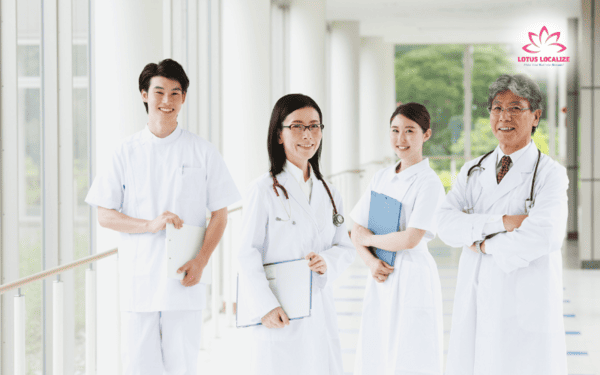
Evolving medical knowledge
Medicine evolves rapidly. Translators must keep up with constant updates in guidelines, treatment options, and academic discourse. This dynamic landscape makes certified medical translators with ongoing education essential.
Educational objectives
Medical education isn’t just about transmitting information—it’s about shaping competent clinicians. Translators must maintain the instructional structure, tone, and learning goals, which adds another layer of complexity.
Regulatory and accreditation requirements
Countries have specific standards for medical training. Translated content must align with these frameworks, whether it involves medical training localization for a national board exam or aligning with WHO curriculum models.
These challenges highlight the importance of working with specialized medical education translators who not only understand language but also the science, pedagogy, and regulation behind medical instruction.
Read more: Chemical engineering translation: Bridging science and language for global innovation
Best practices for high-quality medical education translation
Ensuring accuracy and clarity in medical education translation requires more than linguistic skill—it demands a systematic, collaborative, and adaptive approach rooted in both language and medical expertise.
- Collaborate with subject-matter experts: Every translator should work closely with physicians, educators, or medical reviewers. This ensures accuracy and relevance in technical content and context-specific interpretation.
- Use terminology databases and CAT tools: Computer-assisted translation (CAT) tools help maintain consistency in terminology and speed up the process. Medical-specific translation memories and glossaries are crucial assets.
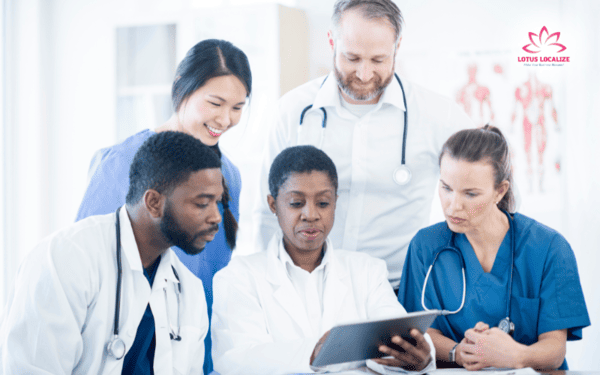
- Localize, don’t just translate: Medical training localization goes beyond converting language—it involves adapting content for cultural relevance, educational norms, and local healthcare practices.
- Conduct rigorous QA and peer review: Quality assurance must include multiple rounds of editing, peer reviews, and, if possible, pilot testing translated materials with a sample of the target audience.
- Stay updated with continuing medical trends: A strong translation team continuously updates its knowledge through CME, journals, and industry conferences to stay in sync with evolving medical language.
By implementing these best practices, institutions and translation providers can deliver accurate, culturally sensitive, and pedagogically sound materials that truly support global medical education.
Common mistakes to avoid in medical education translation
Even with the best intentions, translation efforts can fall short if common pitfalls are not identified and addressed. Avoiding these mistakes is crucial to maintaining the integrity and effectiveness of medical education materials.
- Over-reliance on machine translation: AI and machine translation tools are improving but remain unreliable for high-stakes medical content. They often miss nuance and context, particularly in complex subjects like pathology or pharmacology.
- Ignoring localization: Direct translations that ignore cultural or educational differences can result in confusion or alienation. For example, using American drug brand names in a curriculum for South Africa can lead to misunderstandings.

- Underestimating review cycles: Skipping professional review can introduce critical errors, especially when materials are used in licensing exams or clinical simulations.
- Using non-specialized translators: General translators, even those fluent in the language, may lack the precision required to handle complex medical content. Always work with certified medical translators who understand both language and medicine.
By recognizing and proactively avoiding these errors, institutions can ensure that translated medical education content is both accurate and impactful, ultimately supporting safer and more effective global healthcare training.
Who needs medical education translation services?
A wide range of stakeholders benefit from specialized translation services in medical education:
- Universities and medical schools: To support international programs, dual-language courses, or expansion into new regions.
- E-learning and edtech companies: To localize health education platforms and simulation software for global users.
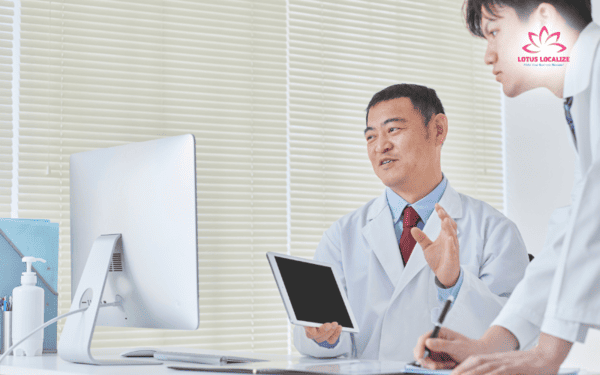
- Pharmaceutical and medical device companies: For translating training modules related to product use and clinical trials.
- NGOs and global health initiatives: Organizations like WHO, MSF, or PATH rely on accurate translations to train healthcare workers in underserved regions.
- Professional societies and accreditation boards: To disseminate guidelines, CME content, and certification materials globally.
The future of medical education translation
As global healthcare becomes increasingly interconnected, the demand for high-quality, scalable, and adaptive medical education translation will grow exponentially. Several emerging trends are shaping how this field will evolve in the coming years.
- AI-human collaboration: While AI may assist with basic translation layers, human experts will continue to ensure quality, especially for sensitive or complex content.
- Adaptive learning platforms: Modern educational platforms are enabling personalized, multilingual learning paths. Translation will be embedded in real-time, powered by both AI and expert input.

- Blockchain and credentialing: As blockchain-based global credentialing expands, translated medical transcripts and certifications will require utmost precision and standardization.
- Rise in cross-border medical education: With more students enrolling in international medical programs, bilingual or multilingual content will become standard rather than optional.
These advancements point toward a future where medical education translation is not only more efficient but also more integrated, accurate, and indispensable to global medical training and practice.
Medical education translation is no longer a niche luxury—it is a foundational component of global medical training. From enabling access to the latest medical research, to ensuring that future doctors in every corner of the world receive equitable education, the role of translation is pivotal.
By embracing best practices, avoiding common pitfalls, and partnering with specialized professionals, organizations can ensure their training materials truly cross borders—intellectually, culturally, and medically.
As the world continues to globalize, multilingual healthcare education will not just support equity in learning—it will directly enhance the quality of patient care. The more inclusive our medical knowledge becomes, the healthier our global community will be.
Partner with Lotus Localize for expert medical education translation
Ready to expand your medical training programs globally? At Lotus Localize, we combine deep subject-matter expertise with linguistic precision to deliver accurate, culturally adapted translations for medical schools, e-learning providers, and more.
👉 Contact us today to elevate your global medical education strategy.
Lotus Localize offers professional translation services for various specialized industries: life sciences translation, technology translation, manufacturing translation, e-learning translation, legal translation, marketing translation… ensuring your message resonates—whether in writing or speech. Let us help you bridge linguistic gaps and connect with audiences worldwide.
Looking for a reliable medical education translation? Contact us today at our hotline or Whatsapp: + 84 866 224 968 or visit the websites: dichthuathoasen.com/en/. Let Lotus Localize accompany you in bringing products, people, and culture to the global stage, and together, we’ll create miracles!
QUALITY PROMISE
At Lotus Localize, we are dedicated to delivering high-quality services and ensuring the utmost satisfaction in every client project. Our team of translators and staff consistently exert effort and adhere rigorously to quality management procedures. This commitment guarantees that each project progresses seamlessly, meets deadlines, and exceeds our clients' expectations.
